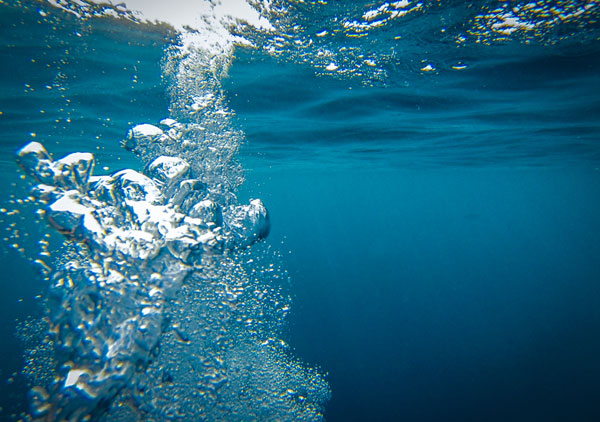
Test your knowledge on water pH and mineral content in this week’s Tuesday Beer Trivia quiz.
Many people brew beer without adjusting their water to maximize the style their brewing, and still make delicious beers. Want to perfect your brewing techniques? Test your knowledge on water quality and how it affects your brewing in this week’s quiz.
After you take the Beer Trivia quiz below, scroll down to the “Beer Trivia Answer Explanations” section to learn more about water quality and its affects on brewing.
[polldaddy type=”iframe” survey=”8CC2602D059611C9″ height=”auto” domain=”2491351″ id=”beer-trivia-example-14″]
Beer Trivia Answer Explanations
Click To Expand
The following explanations are taken from “The Role of Residual Alkalinity” by John Palmer in the 2008 July/August issue of Zymurgy.
Question 1:
False. A standard carbon filter will not affect mineral levels. You’ll need a more advanced ion exchange or reduction system.
Question 2:
Understanding residual alkalinity is key to brewing great beers in any style. The idea of residual alkalinity was first published in 1953 by Paul Kohlbach, who determined that the pH of a distilled water mash was about 5.75, and that calcium and magnesium in brewing water react with malt phytin to neutralize alkalinity. Alkalinity not neutralized by calcium and magnesium is called “residual alkalinity,” which is what drives the pH of the mash and, subsequently, the beer.
Question 3:
The sulfate ion highlights hop bitterness, but be careful because concentrations greater than 400 parts per million (ppm) may come through as astringent and unpleasant. Sulfate is only weakly alkaline and does not contribute to the overall alkalinity of the water.
Question 4:
Calcium promotes beer clarity, flavor, and stability. Calcium additions may be necessary to assure sufficient enzyme activity in mashes with water that is low in calcium. Low calcium promotes haze in beer.
Question 5:
This observation was taken from John Palmer in his explanation of the relationship between the acidity in malts and their color. He expands on how there is a range of beer color that, when combined with a particular water profile and residual alkalinity, should achieve a mash pH of 5.4 to 5.8. He notes that several styles share a color range, but some are better at a lower pH and some are better at a higher pH.




Share Post